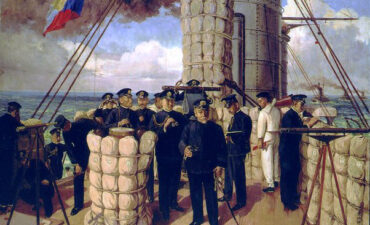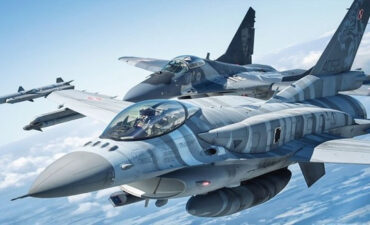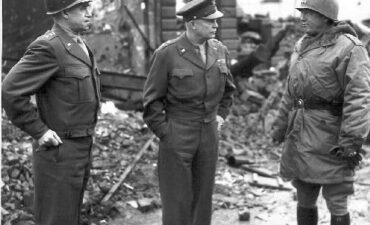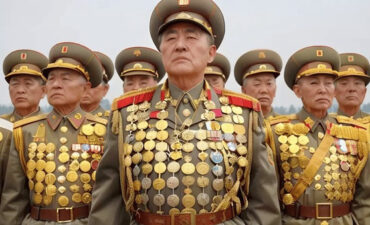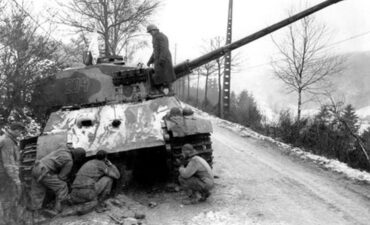Why were Napoleonic uniforms so elaborate? Napoleonic uniforms were elaborate for several reasons:
Identification:
The elaborate designs, colors, and insignias helped identify soldiers’ ranks, regiments, and nationalities on the battlefield. This was crucial in the chaos of combat for coordination and command.
Morale and Esprit de Corps:
Impressive uniforms boosted the morale of the soldiers and fostered a sense of pride and belonging to their unit. This was particularly important in maintaining discipline and cohesion within the ranks.
Military Tradition and Prestige:
Elaborate uniforms were a continuation of long-standing military traditions. They conveyed the prestige and historical continuity of the military units, linking them to their glorious past.
Intimidation and Psychological Impact:
The striking appearance of the uniforms could have a psychological impact on both allies and enemies. A well-dressed, professional-looking army could intimidate opponents and impress allies and civilians.
Leadership and Authority:
Distinctive uniforms made it easier for soldiers to recognize their leaders on the battlefield. Officers’ uniforms were often more elaborate to signify their authority and make them easily identifiable.
Ceremony and Pageantry:
During this period, military parades and ceremonies were significant for national pride and public morale. Elaborate uniforms added to the spectacle and grandeur of these events.
These factors combined to make Napoleonic uniforms not only functional but also a symbol of the military’s role in society and the state.



